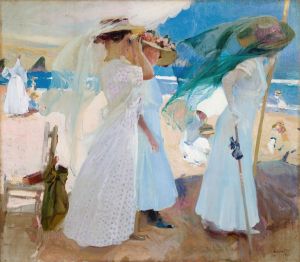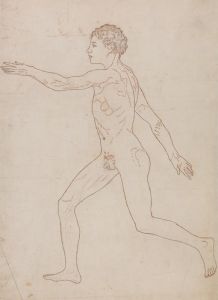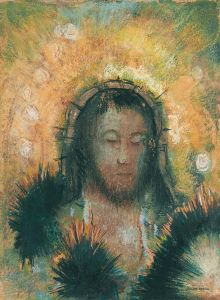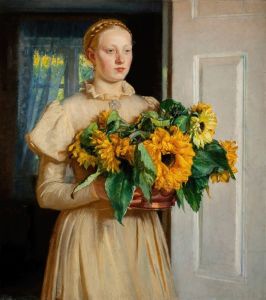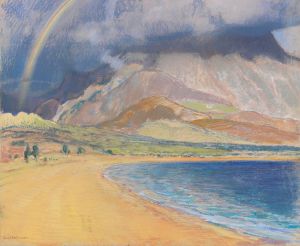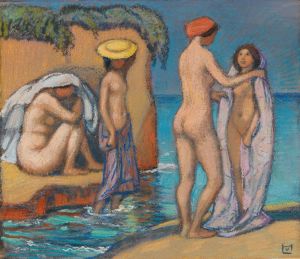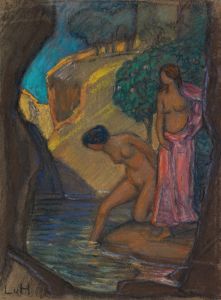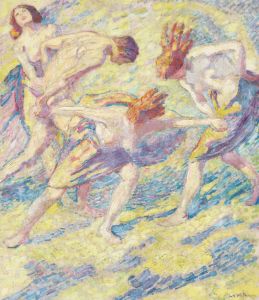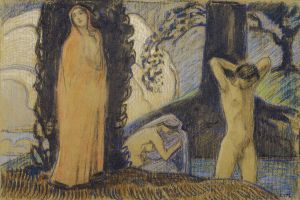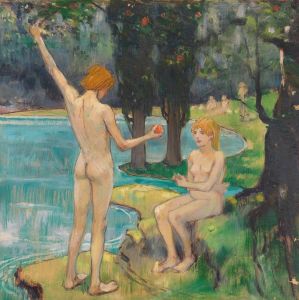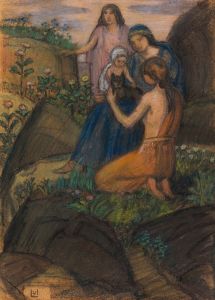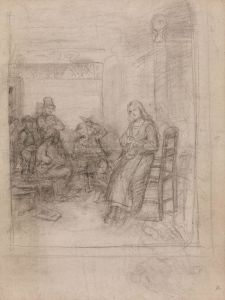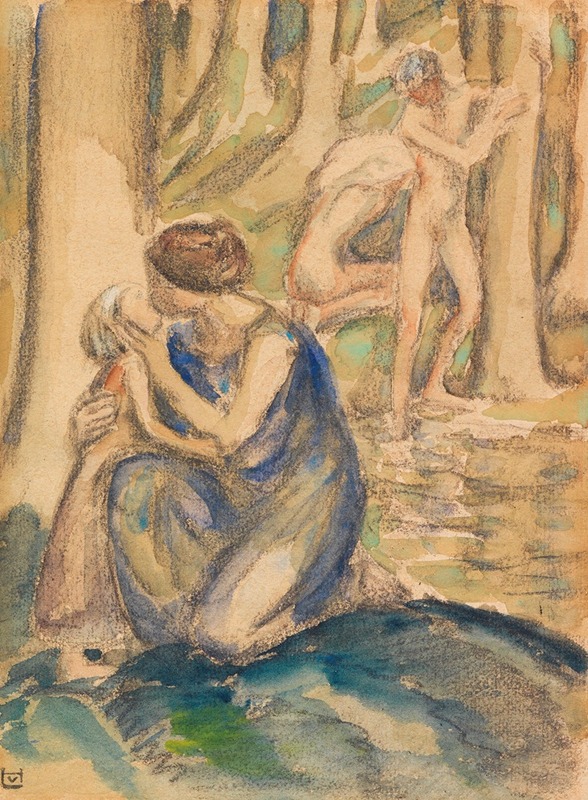
Badende Figuren am Waldsee
A hand-painted replica of Ludwig von Hofmann’s masterpiece Badende Figuren am Waldsee, meticulously crafted by professional artists to capture the true essence of the original. Each piece is created with museum-quality canvas and rare mineral pigments, carefully painted by experienced artists with delicate brushstrokes and rich, layered colors to perfectly recreate the texture of the original artwork. Unlike machine-printed reproductions, this hand-painted version brings the painting to life, infused with the artist’s emotions and skill in every stroke. Whether for personal collection or home decoration, it instantly elevates the artistic atmosphere of any space.
Ludwig von Hofmann was a prominent German painter and graphic artist associated with the Jugendstil movement, which is the German counterpart of Art Nouveau. His work often features idyllic and mythological themes, characterized by a harmonious blend of figures and nature. One of his notable works is "Badende Figuren am Waldsee" (Bathing Figures at the Forest Lake), which exemplifies his style and thematic interests.
"Badende Figuren am Waldsee" captures a serene and idyllic scene, typical of Hofmann's oeuvre. The painting depicts a group of figures, presumably bathers, situated by a tranquil forest lake. The composition is marked by its harmonious integration of the human form with the natural landscape, a hallmark of Hofmann's work. The figures are often idealized, reflecting the influence of classical art and mythology, which Hofmann frequently drew upon in his artistic practice.
The painting is characterized by its use of soft, muted colors and fluid lines, which contribute to the overall sense of tranquility and harmony. Hofmann's technique often involved a delicate interplay of light and shadow, enhancing the ethereal quality of the scene. The figures in the painting are depicted in various poses, some engaged in conversation, others in solitary contemplation, all contributing to a sense of peaceful coexistence with nature.
Ludwig von Hofmann's work, including "Badende Figuren am Waldsee," is often associated with the broader cultural movement of the late 19th and early 20th centuries that sought to reconcile art with nature. This movement, which included Art Nouveau and its various national expressions, emphasized organic forms, flowing lines, and a return to craftsmanship and beauty in art. Hofmann's paintings reflect these ideals, often portraying scenes that evoke a sense of timelessness and an idealized vision of human life in harmony with the natural world.
Hofmann's influence extended beyond painting; he was also a respected teacher and served as a professor at the Weimar Saxon-Grand Ducal Art School and later at the Dresden Academy of Fine Arts. His work was well-regarded during his lifetime, and he participated in numerous exhibitions, contributing to the dissemination of the Jugendstil aesthetic.
While specific details about the provenance or exhibition history of "Badende Figuren am Waldsee" may not be extensively documented, the painting remains an important example of Hofmann's contribution to the Jugendstil movement and his exploration of themes that resonate with the ideals of beauty, nature, and harmony. His work continues to be studied and appreciated for its artistic merit and its reflection of the cultural currents of his time.
Overall, "Badende Figuren am Waldsee" is a testament to Ludwig von Hofmann's skill as a painter and his ability to capture the serene beauty of the natural world, inviting viewers to contemplate the harmonious relationship between humanity and nature.





